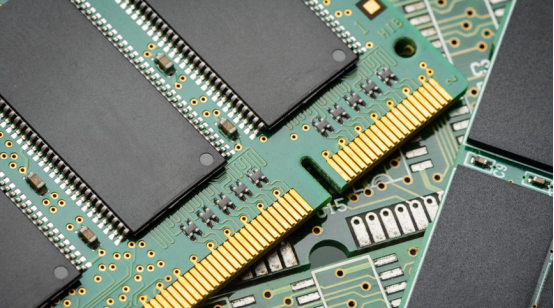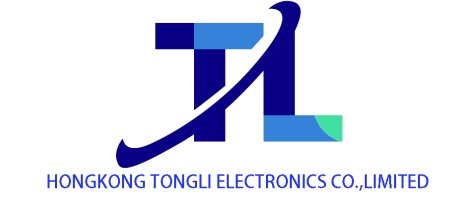Global Storage Market Sees Structural Shifts: Micron’s Price Hikes & Subsidies, NVIDIA’s Tech Overhaul
Recent months have brought major shifts to the global storage industry, driven by supply – demand changes, policy support, and tech upgrades. Leading firms’ moves and price trends are now the focus of the sector.
Micron has taken key steps in the market. It first suspended quotes for all DRAM and NAND products (including DDR4, DDR5) for a week. Industry sources say its DRAM prices may rise 20% – 30%, with automotive and industrial grades up to 70%. This responds to surging demand from data centers and AI servers, plus reduced traditional DRAM supply—Samsung and SK Hynix cut output to make HBM, leaving industry inventory under a month. Micron confirmed price adjustments but stayed silent on specifics due to the quiet period before its September 23 earnings.
Japan is backing Micron too, offering up to 536 billion yen in subsidies for its Hiroshima DRAM factory. The funds support a 1.5 trillion yen expansion for next – gen DRAM mass production: 500 billion yen for construction and 36 billion yen for R&D. In return, Micron must produce there for over 10 years and boost output if supply is tight. With prior 2022 – 2023 subsidies (238.5 billion yen), Japan’s total support for the factory hits 774.5 billion yen—part of its push to strengthen local advanced semiconductor production, similar to subsidies for TSMC’s Kumamoto and Kioxia’s Yokkaichi plants.
NVIDIA’s tech tweaks are also reshaping the industry. It scrapped its original SOCAMM1 low – power DRAM plan to focus on SOCAMM2, starting sample tests with Samsung, SK Hynix, and Micron—leveling the playing field for the three. SOCAMM, an NVIDIA – designed standard for AI, uses LPDDR to cut power to 1/3 of traditional RDIMM, at lower cost than HBM. SOCAMM2 keeps 694 pins but boosts data rate to 9600MT/s (vs. Micron’s SOCAMM1 8533MT/s), with LPDDR6 under consideration for better performance.
NVIDIA’s new AI chip Rubin also breaks ground with a dual – chip design, combining HBM4 (for large – scale parallel processing) and GDDR7 (high – speed, over 50% cheaper per GB than HBM). Rubin CPX (with GDDR7) handles data preprocessing at 1/5 the cost of Rubin R200 (with HBM4), while keeping 60% computing power. This widens the gap with AMD and shifts memory demand—GDDR7 needs in data centers will grow, benefiting Samsung and SK Hynix. Micron, however, has slowed HBM investment due to design bottlenecks, focusing instead on server DDR5 DRAM.
The price surge is lifting firm performance. Winbond’s stock jumped 12.9% in a week; its August revenue rose 2.56% month – on – month and 0.21% year – on – year, with Q4 profitability expected. Analysts keep a “buy” rating. Downstream, ADATA’s August revenue hit 4.983 billion New Taiwan Dollars (up 16.93% month – on – month, 64.53% year – on – year)—a high since April 2007, and a fifth straight monthly record. Strong DDR4/DDR5 orders and a recovering NAND Flash market will fuel its H2 growth, analysts say.

